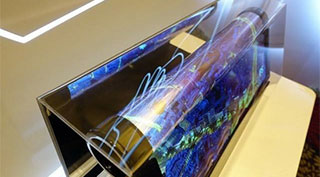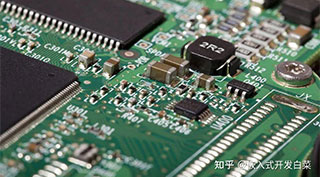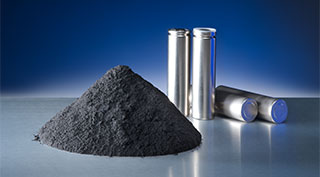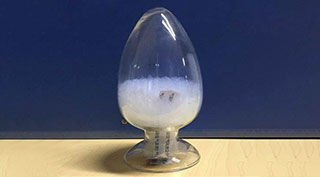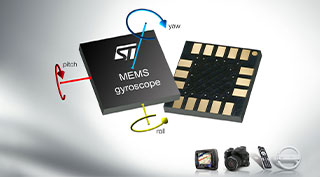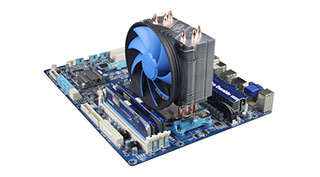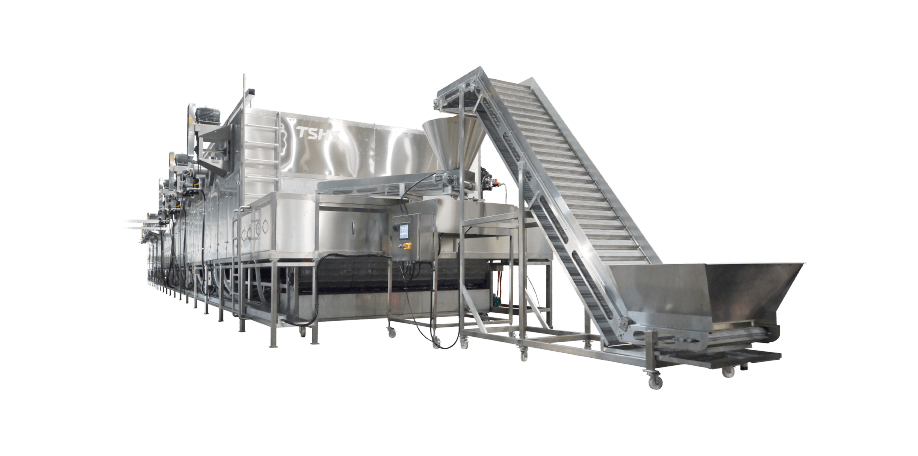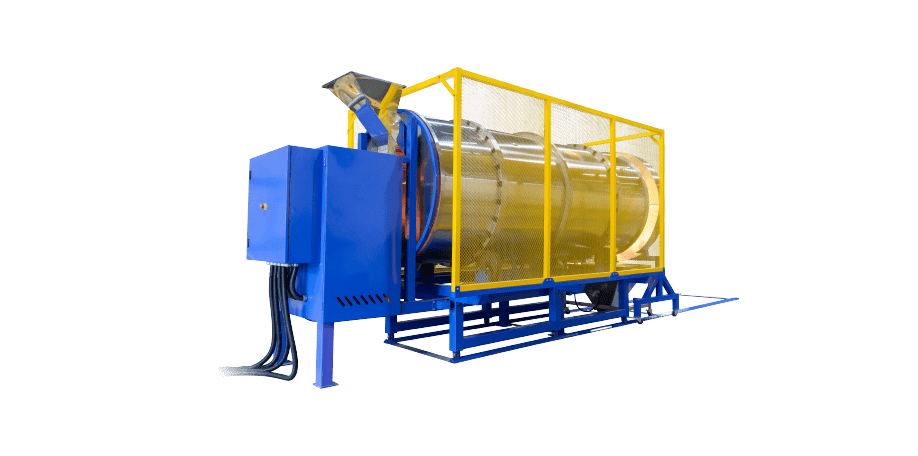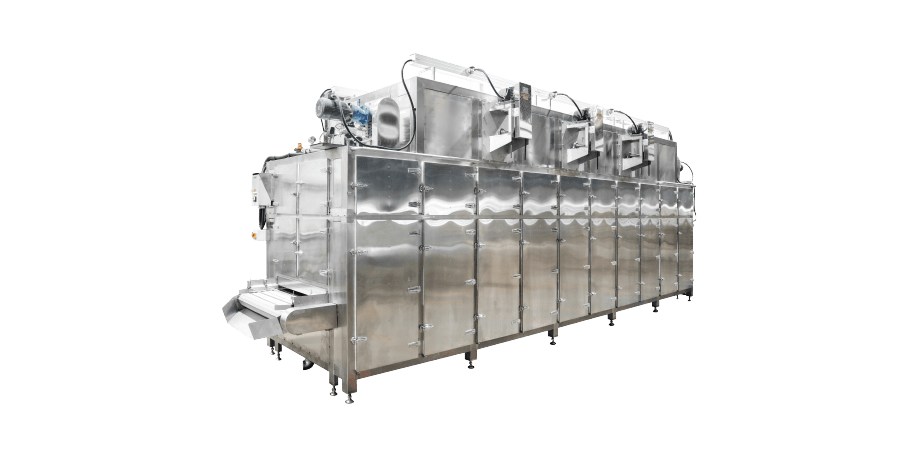In the field of electronic materials drying, choosing the right equipment and a trustworthy partner is crucial. TSHS not only provides high-efficiency electronic materials drying equipment, we also have nearly 60 years of professional drying experience and are dedicated to providing customers with the best drying solutions. With a professional R&D team, we can customize designs based on different product characteristics to meet customer needs and product expectations.
TSHS's drying equipment pursues energy efficiency, uniform drying, multiple safety mechanisms and equipment durability. TSHS not only attaches great importance to product quality, we also strengthen subsequent technical service support. Our team hopes to bring more breakthroughs in the field of electronic materials drying, allowing our customers to gain a higher competitive advantage.
During the production, processing or storage of electronic materials, moisture must be completely eliminated to maintain performance and extend service life. For example, semiconductor wafers need to avoid moisture penetration during the manufacturing process because moisture will affect their electrical properties. In addition, organic conductive materials, insulating materials, gallium arsenide wafers, film capacitors, acrylic substrates, and electronic printing materials need to be at low temperatures. It is produced and stored in a moisture-free environment to ensure its optimal performance.
In every field of the electronics industry, from basic material manufacturing to high-level component assembly, drying is an indispensable step. Proper drying not only improves product performance, it also ensures long-term reliability and efficiency.
We are eager to work with the industry to develop and explore more possibilities for electronic materials dryer equipment. If you have any needs about electronic materials drying machinery or want to know more about our electronic materials drying technology, please feel free to contact us via email at [email protected].
Improve product performance: Ensure optimal component performance.
Reduce production defects: Reduce problems caused by excess moisture.
Cost savings: Reduce process problems caused by moisture and reduce production costs.
OLED screen materials: These materials used to make flexible screens or high-resolution displays are very sensitive to moisture.
Battery electrode materials: If the electrode materials of lithium batteries contain moisture, their electrochemical performance and safety will be affected.
Thermal Interface Materials (TIMs): In dry environments, materials used to dissipate heat can ensure optimal heat conduction efficiency and reduce thermal resistance.
Nano-materials and powders: Such as in the dry state, nano-gold or nano-silver, can ensure that the characteristics and performance of nanometers are not destroyed.
Electromagnetic shielding materials: Materials used to reduce or avoid electromagnetic interference, which can provide better shielding effects after drying.
High-frequency circuit boards: Circuit boards used in high-frequency signal transmission should ensure the stability of their dielectric constant through drying to maintain the quality of signal transmission.
Micro-Electro-Mechanical Systems (MEMS): Precision system structures contain extremely small components. Any moisture may interfere with or impede operation, therefore, fabrication and packaging must be ensured in a completely dry environment.





